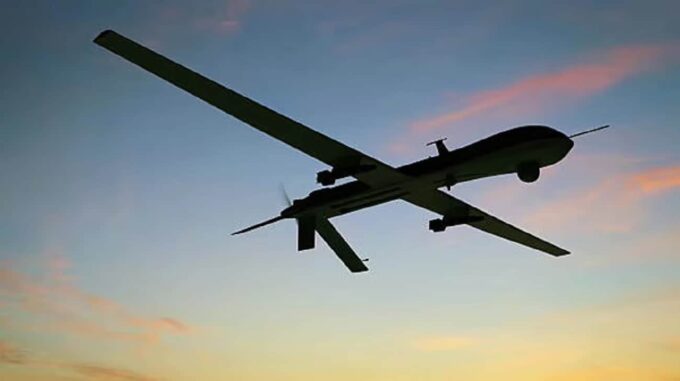New statements from the Russian Ministry of Defense have appeared in Moscow, which have attracted significant interest and provoked widespread resonance in Ukrainian society and military circles

The Russian Defense Ministry claims that on Tuesday evening, over a three-hour period, their air defense forces allegedly intercepted and destroyed more than a hundred unmanned aerial vehicles (UAVs) launched from the Ukrainian side. This represents a substantial increase in attack numbers, raising concerns and anxiety about the escalation situation and potential future scenarios in the region. According to official information from the Russian Ministry of Defense, between 21:00 and 00:00 Moscow time, their air defense systems operated around the clock, detecting and destroying 112 UAVs, which, according to the Moscow version, were launched by Ukraine. The report states that all these aircraft belonged to the category of fixed-wing drones used for various tasks, including reconnaissance and attack. Russian military officials assert that these UAVs were involved in attacks over six Russian regions: 59 in Bryansk region, 19 in Belgorod, 13 in Tula, 10 in Kursk, 8 in Oryol, and three drones in Kaluga. According to them, all of these were shot down or intercepted by air defense systems within the designated time frame. The statement emphasizes that, in this way, Ukraine allegedly makes continuous attempts to damage Russian infrastructure and military security, as claimed by Russian defense officials. It is worth noting that such claims are not new and have appeared repeatedly; however, this time they received particular widespread coverage and raised many questions from the Ukrainian side, military experts, and international observers. Similar reports are often used by Moscow to shape a certain informational background, creating the illusion of high success levels of air defense and demonstrating active Russian defensive forces. Nevertheless, from the Ukrainian perspective, many experts express doubts about the credibility of these reports, highlighting that Ukrainian military and intelligence tend not to comment on equivalent damages or losses, and Russian statements may be part of information warfare aimed at maintaining internal patriotic morale and showcasing "successes" in confrontation. It is evident that the situation surrounding UAV application and their effectiveness remains a key aspect of military actions in eastern Ukraine and in border regions of Russia. Therefore, it is likely that both sides will continue to substantially enhance their information fronts, using statements to shape public opinion and internal mobilization. In any case, this issue remains highly relevant, as the ongoing struggle and information warfare continue to play a significant role in the conflict, with each new report from the aggressor side serving as an element of this complex and multi-vector game.

